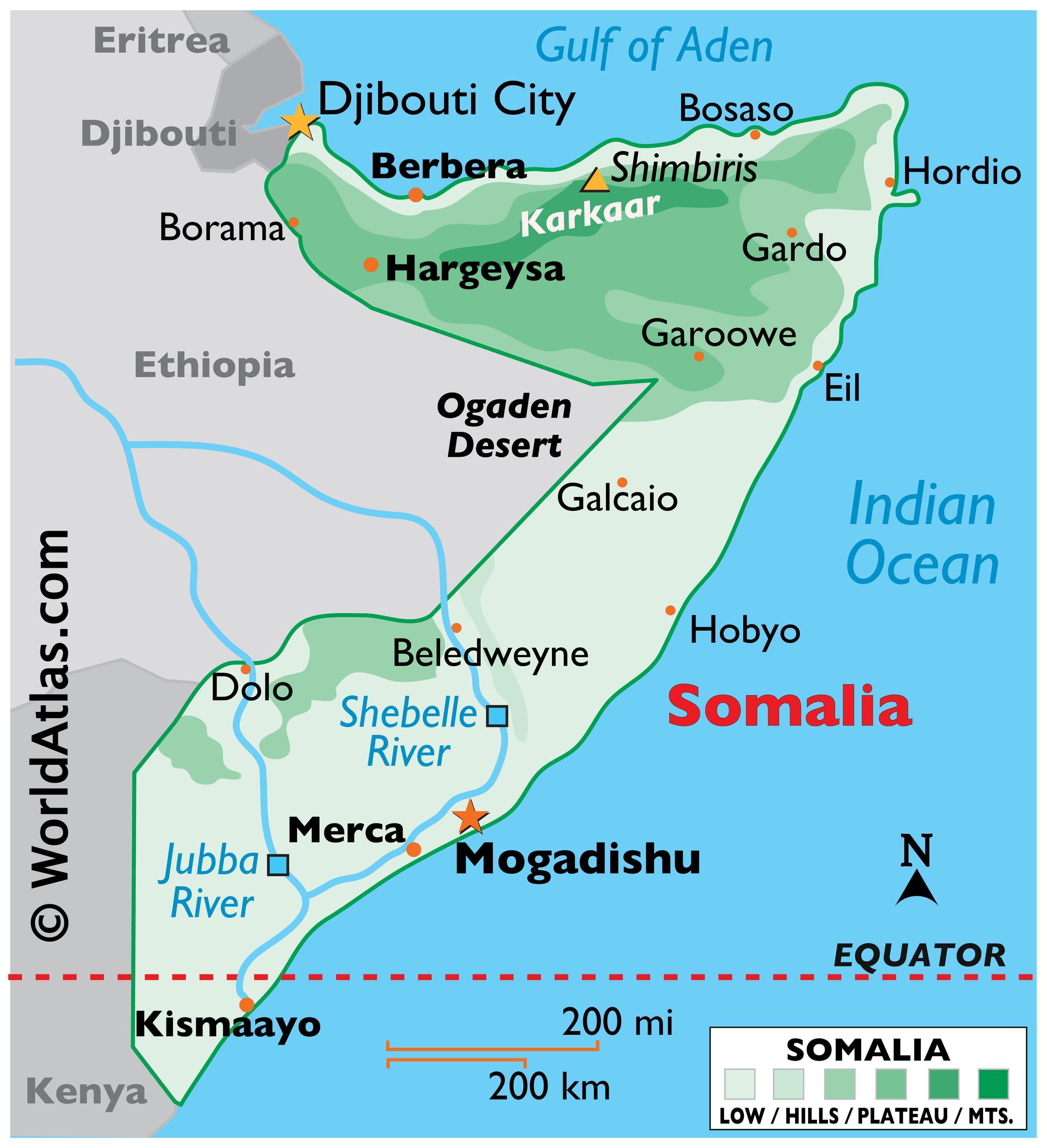

The United Nation's Protocol Against the Smuggling of Migrants by Land, Sea, and Air defines the smuggling of migrants as "the procurement, in order to obtain, directly or indirectly, a financial or other material benefit, of the illegal entry of a person into a State Party of which the person is not a national or a permanent resident." In most cases, individuals will contact smugglers themselves to realize their objective of crossing a border illegally in search of a better life and improved economic prospects.
Human smuggling is quite different to human trafficking which is defined in the United Nation's Protocol to Prevent, Suppress, and Punish Trafficking in Persons, especially Women and Children, as "the recruitment, transportation, transfer, harbouring or receipt of persons, either by the threat or use of abduction, force, fraud, deception or coercion, or by the giving or receiving of unlawful payments or benefits to achieve the consent of a person having the control over another person."
The human trafficking trade out of Somalia is now one of the busiest, most lucrative and the most lethal in the world. The ferocious violence and anarchy in the region has kept the scale of profits and misery the most hidden from outside eyes.
The ones who want to go are desperate and those offering to take them across the sea are greedy and murderous - fateful encounters which are resulting in a trail of death and misery in the Somali Peninsula also known as Horn of Africa.
Human smuggling continues unabated from the north east coast of Puntland, Somalia, resulting in the death of hundreds of Ethiopians and Somalis. Hundreds of Ethiopians travel for days, often by foot, across the desert from Ethiopia to Puntland with the aim of crossing the sea to Yemen. As a result of the worst drought in a decade, there has also been a notable increase in the number of Somalis from the south of the country attempting the journey. Yemen is mostly used as a point of transit en route to the Gulf States, Europe and other destinations in search of work. Most of the passengers are young men and women between the ages of 15 to 30.
Smugglers are charging between thirty and fifty dollars per person for each voyage, often cramming hundreds of people onto small vessels, with little food and water for a 30 hour passage on high seas. In one recorded account of a voyage, there were six dead among 65 passengers and 14 more had been thrown overboard during the journey. Such casualty rates are not uncommon with some individuals tied up and/or thrown overboard by the smugglers in an attempt to avoid capsizing in dangerous waters. Others drift for days at a time with little food or fresh water on board. Even when the boats do reach Yemen's coast, passengers - including children - are forced to swim to shore so the boat is not detectable to Yemen authorities. Most passengers including children cannot swim and drown. While fatality figures are difficult to verify – the trade is secretive and many bodies are never found – the UN confirmed 262 deaths in January and February 2006. Since September 2005, officials say, the dead could number close to 1,000.

No comments:
Post a Comment